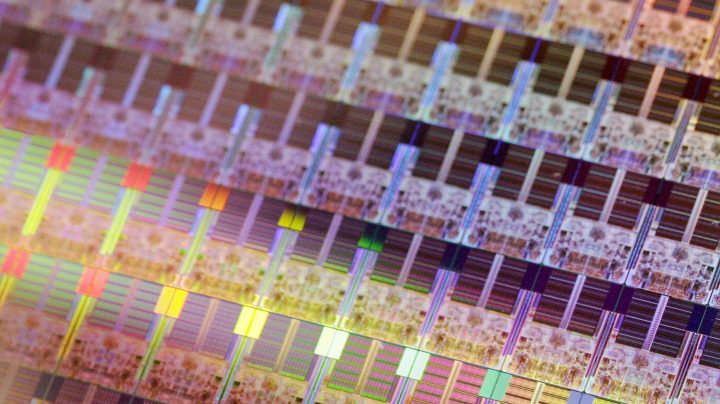
Chips from Intel’s new $20 billion factories won’t be ready to use for years
Chips from Intel’s new $20 billion factories won’t be ready to use for years

One of the big, ongoing stories of the pandemic economy has been the semiconductor chip shortage and how it’s slowing down production of all sorts of things: cars, computers, TVs, even toys.
Intel announced Friday it’s going to spend at least $20 billion to build two new chip factories in Ohio. That’s in addition to two new factories the chipmaker has already started building in Arizona. But those new factories won’t help ease the current chip shortage any time soon.
It takes a long time to build any factory and get it up and running.
“First off, you have to build the factory, you have to dig the hole, you have to build the shell of the factory,” Alan Priestley, an analyst at Gartner, said. It takes even longer when that factory is making semiconductor chips, Priestley said.
They have to install all the extremely complex equipment that produces the chips.
“And then you have to turn the factory on,” Priestley said, and run it for a while to be sure it’s working and producing high-quality chips. And even then, once it finally is, “it takes time to make a chip, right? To process a wafer from the start of putting a wafer into the factory to getting a wafer out that has chips on it can take two to three months,” he said.
According to Priestley, it’ll likely be two or three years, maybe even four before you can buy something, that includes a chip made at one of these new factories.
“I don’t think this announcement by Intel is really about the short-term problem. I think it’s about the long-term,” Willy Shih, a professor at Harvard Business School, said.
In the short-term, the semiconductor chip shortage should start to ease later this year or next, Shih said, “as a lot of the capacity investments that were made last year start to come on stream.”
And once the current shortage is resolved, Glenn O’Donnell at Forrester Research says in the long term, when the Intel plants are up and running, there will likely be even more demand than there is now for the chips they produce.
“We human beings have an insatiable appetite for smart everything. We want smart cars, we want smart appliances, we want smart toys,” O’Donnell said.
And that means more and more chips.
There’s a lot happening in the world. Through it all, Marketplace is here for you.
You rely on Marketplace to break down the world’s events and tell you how it affects you in a fact-based, approachable way. We rely on your financial support to keep making that possible.
Your donation today powers the independent journalism that you rely on. For just $5/month, you can help sustain Marketplace so we can keep reporting on the things that matter to you.











